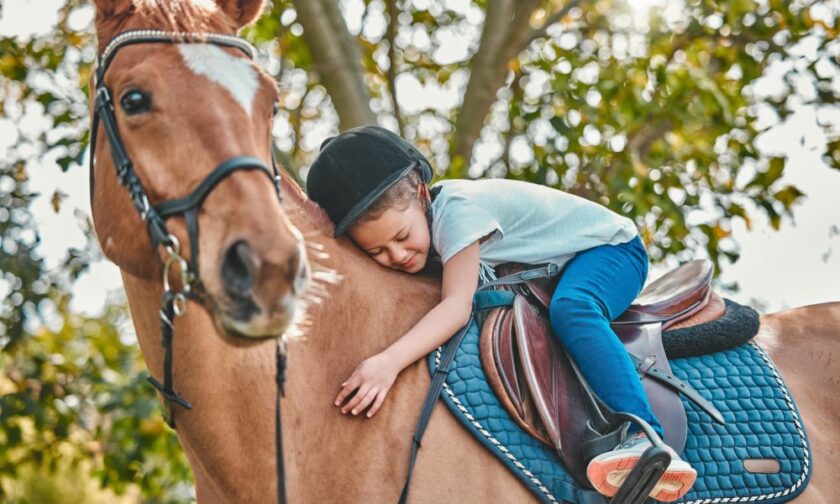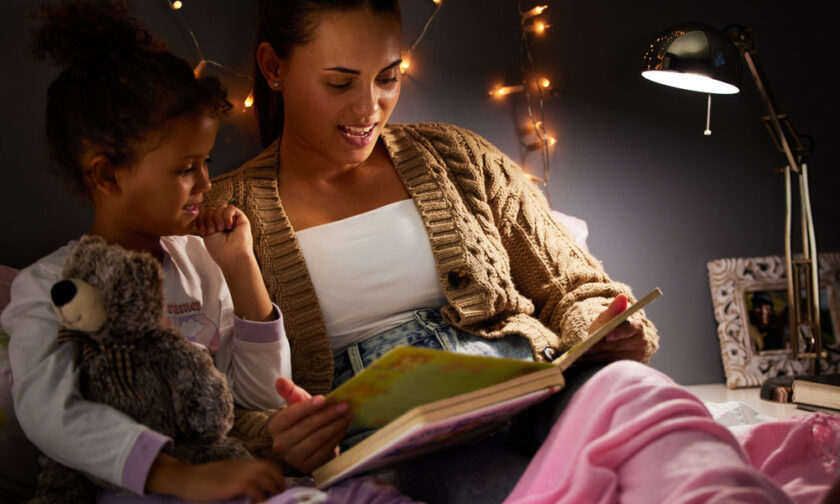Creating a safe environment for your autistic child is essential to make them feel comfortable. With a few thoughtful home modifications, you can create a nurturing environment that supports your child’s needs and ensures their safety. Here are some simple yet effective home modifications to keep your autistic child safe.
Secure Sharp and Breakable Objects
Autistic children—especially those with sensory processing difficulties—are to have unexpected bursts of energy or curiosity. To protect your child, be sure to secure sharp objects and breakables that they might bump into or play with.
Store items like knives, scissors, and fragile decorations out of reach or in locked cabinets. Consider installing safety locks on kitchen drawers and childproof latches on cabinets. Doing so gives your child the freedom to move around the house while staying safe.
Install Soft Flooring for Sensory Comfort
Autistic children often experience heightened sensory sensitivities, and the textures they encounter everyday can affect them deeply. Installing soft, cushioned flooring in your home can prevent injuries from falls while creating a soothing environment.
Carpet tiles or foam mats in bedrooms, playrooms, or common areas provide sensory comfort and physical safety. Soft flooring can help reduce noise, which may also ease your child’s sensory overload.
Use Visual Cues and Organize Spaces
A well-organized home with clear visual cues allows autistic children to feel more secure in their environment. Labeling drawers, shelves, and rooms with pictures or words helps them navigate the space and know where things belong.
For example, placing supplies for a model-building hobby in a clearly marked box encourages your child to understand organization while keeping potentially dangerous items in a safe, designated place. Organizing the home in a way that reduces clutter will make it easier for your child to learn about the layout and move through spaces with confidence.
Create Sensory-Friendly Areas
Many autistic children benefit from a calm, sensory-friendly retreat when they feel overwhelmed. Design a sensory room or corner in your home where your child can relax and unwind away from situations that cause distress.
Include a soft floor, muted lighting, weighted blankets, noise-canceling headphones, and sensory toys in this space. This designated area can give your child a sense of control when the outside world feels overwhelming, helping them stay calm and safe.
Secure Doors and Windows
Safety concerns extend beyond the walls of your home. To prevent your child from wandering outside without your knowledge, install door alarms or childproof locks on all exterior doors and windows.
Many autistic children have a tendency to wander, which is especially dangerous if they’re nonverbal or don’t understand traffic risks. Door alarms will alert you if your child attempts to leave the house so you can keep your child safe indoors.
Creating a secure living environment for your child with autism doesn’t require a renovation. Simple changes like securing sharp objects and installing soft flooring can make a substantial difference.
By focusing on your child’s safety needs and making small adjustments, you can create a secure home that supports their physical and mental well-being. These home modifications to keep your autistic child safe offers them protection and gives you peace of mind knowing they’re in a supportive environment.






